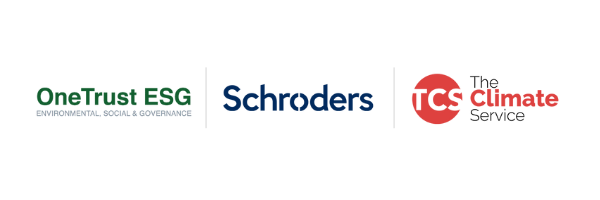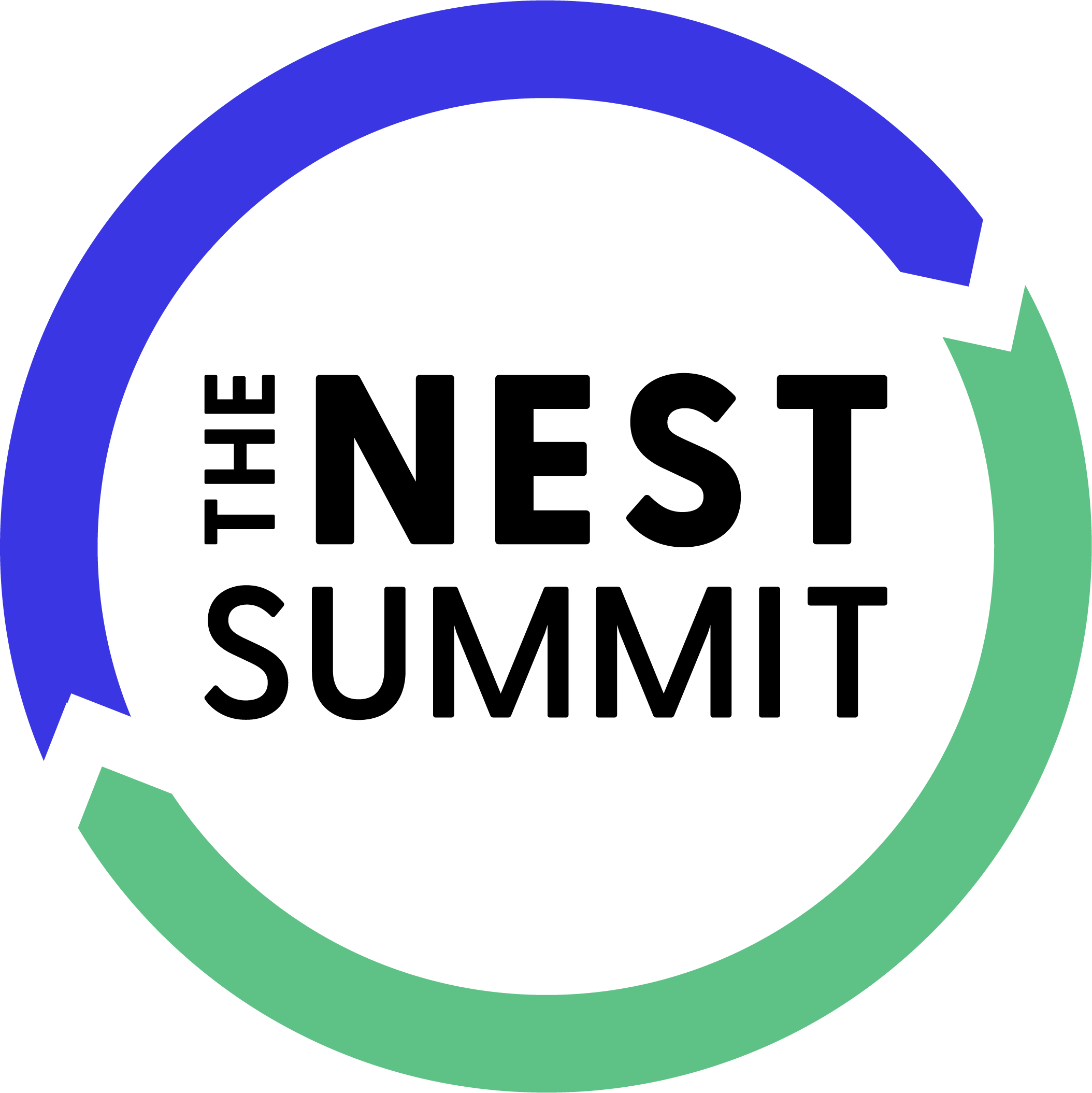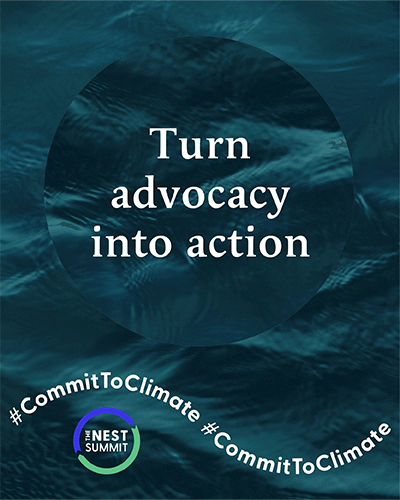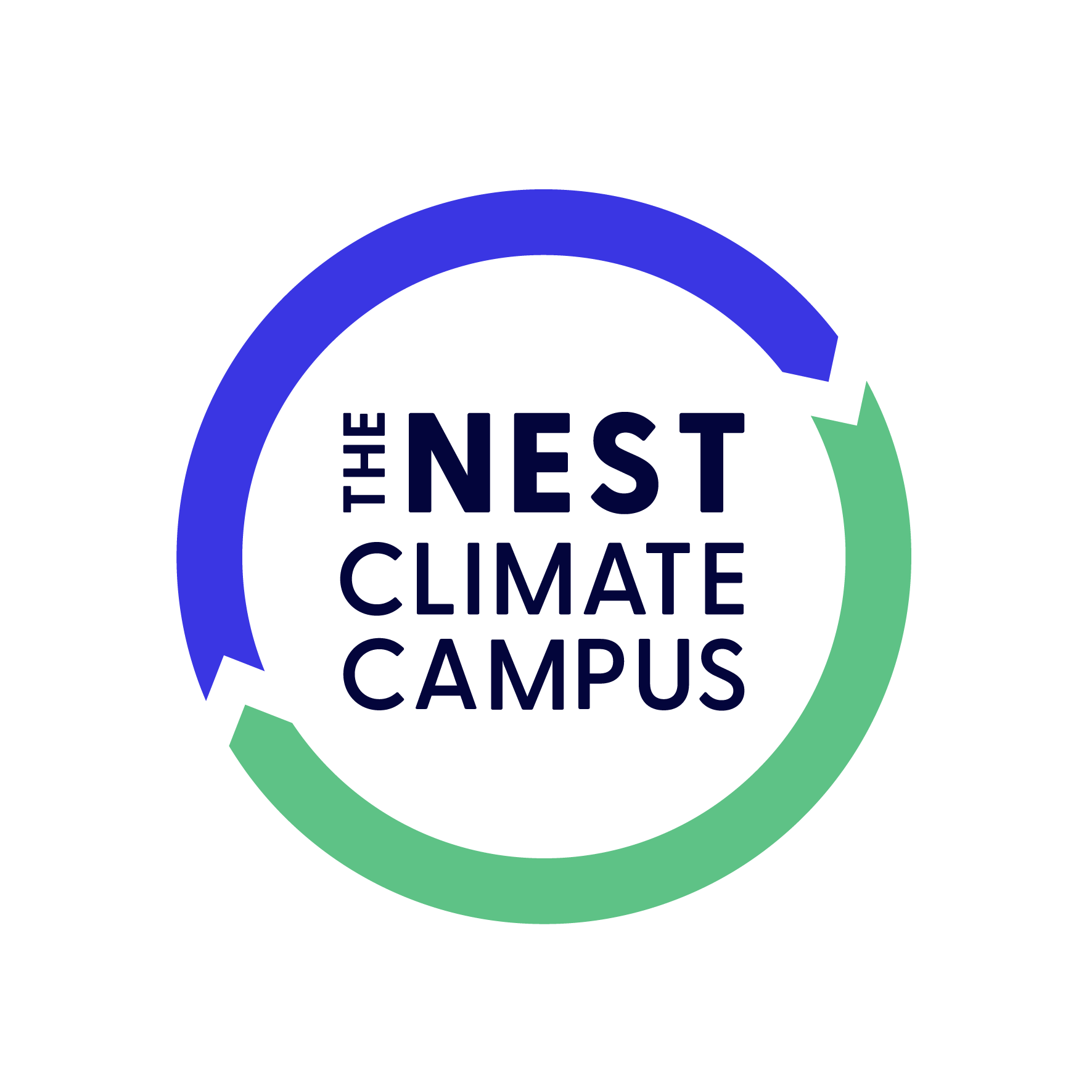Climate Conversations
The New Tools Fueling Organizations and Investors to Assess Climate Risk
The Nest Summit’s Climate Risk & Impact Investing track will empower attendees to sharpen their approaches to investing, assessing risk, approaching disclosures and talking about climate change in business terms.
Below, experts in this space take us under the hood of new tools and data to assess climate risk, impact investing’s deep tie to DEI, and the future of climate change mitigation.

In conversation with: OneTrust, Schroders, and The Climate Service

What new tools or data are organizations using to better understand climate risk?
Pam Fitzpatrick, Head of ESG Center of Excellence, OneTrust: Data is key to understanding any area of business operation, and climate risk is no exception. Investors want accurate, decision-useful climate risk data that’s updated on a regular basis. What companies are looking for are solutions that allow them to prepare that information efficiently and to disclose it with confidence. With data management solutions like OneTrust ESG, organizations can streamline collection and calculation, align to reporting frameworks, and generate high-quality reporting and dashboarding to highlight progress in mitigating climate risk.
Lazaro Tiant, Sustainability Investment Director, Schroders: Carbon footprints remain the dominant measure of carbon exposure, but are an incomplete and sometimes misleading measure of investment risk. As a result, at Schroders we use a wider set of tools and are working on developing additional analyses to improve our ability to measure, manage and communicate those risks. We focus on the ways value will be lost or created as policies strengthen, through financial analysis rather than environmental research. Our carbon value at risk (VaR) model assesses the effect of a significant rise in carbon prices on a company’s cost structure, industry prices, volumes and cash flows.
Tory Grieves, VP of Analytics, The Climate Service: In August, The Climate Service launched a study intended to guide market-level climate risk assessment for real estate investments. Forward-thinking real estate investors, working to understand the risk held in their portfolios, have begun considering market-level impacts like municipal adaptation as a way to fully measure the impacts from climate change on specific investment properties. But until now, there has not been a comprehensive framework and toolkit enabling this work. The study offers a first-of-its-kind framework and toolkit that enables real estate investors to measure the effects of climate change on specific investment properties.

What is one element that’s been missing from the climate change conversation, and why is it important to incorporate?
Fitzpatrick: Data. More specifically, understanding the importance of data and data intelligence. The sheer breadth of ESG data means that organizations will need technology to support the collection, measurement, use, and disclosure of relevant data. Better understanding what data you have helps make more strategic and informed decisions. Climate risk is a fundamental business risk, and organizations need to ensure that their climate change-related decisions are data driven, with clear evidence of what has been done and why. The right technology will enable you to make these essential, data-driven decisions.
Grieves: The climate risk conversation has failed to address equity. And despite being most impacted by climate change, underserved and marginalized communities are susceptible to harm from investment decisions made in the name of managing climate risk (such as redlining areas exposed to climate hazards). Until we give these communities a voice, and account for social equity in risk quantification and management, they will continue to be suppressed, if not made more vulnerable. Part of our goal is to ensure businesses are equipped with well-rounded intelligence about the impacts of their investments, including on vulnerable communities, to promote a just transition to a low-carbon economy.

Describe one innovation your organization has put into place to respond to/combat the effects of climate change.
Tiant: A key innovation at Schroders is ImpactIQ, our set of tools that measure the impact that companies have on society and the environment.
A component of ImpactIQ focuses on positive and negative externalities (e.g., emissions, innovation), scientifically combining measures of both the harm companies can do and the good they can bring to arrive at an aggregate measure of each firm’s social and environmental impact, allowing investors to target their ESG investments effectively. It quantifies the extent to which companies are in credit or deficit with the societies to which they belong, and the risks they face if the costs they externalize are pushed into companies’ own costs. In order to invest with targeted efforts to combat climate change, we leverage insights from such proprietary tools to strategically consider risks and opportunities.

How does your organization relate climate change to DEI efforts?
Fitzpatrick: We recognize that change doesn’t happen if we operate in silos at OneTrust. The drive towards sustainability encompasses a wide range of issues that affect one another, including climate change and DEI. When organizations demonstrate a real commitment to climate change and improving equity and inclusion in their organization, they create trust and transparency.
We provide organizations with the tools to better understand their data and processes, so they can make strategic, data-driven decisions about how they operate. We refer to this as data intelligence and it is especially important as we continue to see climate change having a disproportionate impact on certain communities and groups, further deepening the interplay between the “E” and “S” in ESG.

What aspects of speaking at the Nest Summit most excite your team?
Fitzpatrick: It’s always energizing to join leaders in the space to share ideas, solutions, and best practices as we all work towards the common goal of a healthy planet and a net zero future. Climate action is top-of-mind for so many business leaders right now, and the Nest Summit is a fantastic opportunity for the OneTrust Team to join our customers in the excitement in the lead up to COP26.

Fast-forward a decade into the future. How has your organization scaled up its efforts to address climate change?
Grieves: It is our mission to embed climate risk data into every decision on the planet. In ten years, I believe climate risk analytics software like ours will be used worldwide and in every industry to guide more sustainable decision-making, as well as by underserved communities on a pro bono basis.

What’s an aspect of climate change your organization or industry is uniquely equipped to address? What do you wish your customers and/or clients knew about how your organization approaches climate change?
Tiant: Structural changes in the global economy, environment, and societies create tensions that will drive significant and sustained shifts in capital. For example, achieving the reductions in global greenhouse gas emissions needed to meet the commitments global leaders have made will require rapid decarbonization of the global economy. As a result, a significant reallocation of capital from traditional sources of energy to alternative technologies is likely, creating market growth tailwinds for companies in associated sectors.
Schroders has been actively involved in assessing the risks and opportunities that climate change presents to the financial services industry for a long time. In 2007 we launched our Global Climate Change strategy. We have also been voting on climate change resolutions since 2000, and have recorded engagements on the topic since 2002. Sustainable investing is as much about how we own companies as it is about those we choose to buy. As active managers, we see ourselves as long-term stewards of our clients’ capital, which includes a responsibility to contribute to the efficient, sustainable, and responsible allocation of capital within the economy.

How would you recommend your customers and/or business leaders become more informed about climate change? What resources would you recommend?
Fitzpatrick: Bring people together and bring the outside in. Many companies find success by organizing quarterly learning sessions where senior leaders hear from an outside speaker about a particular climate-related issue, whether it’s the implications of biodiversity loss to your corporate strategy or technology that enables you to build customer loyalty by sharing your ESG data with them. The togetherness is important: You cannot achieve a sustainable future if your goals, business decisions, and ESG data are stuck in silos. A sustainable future requires trust and collaboration across all stakeholders, and that should start with your own executive committee.





